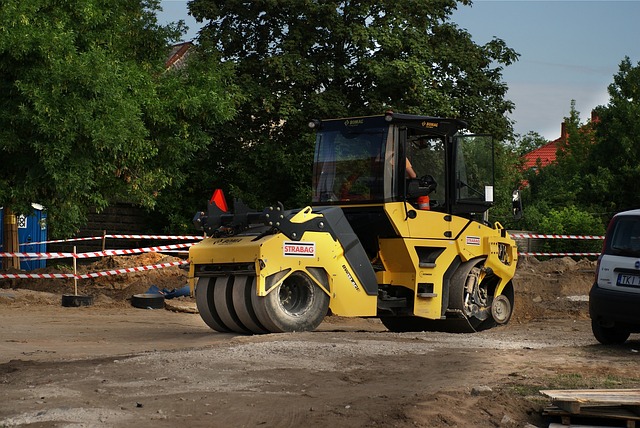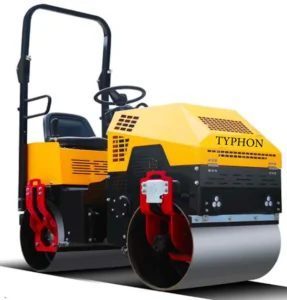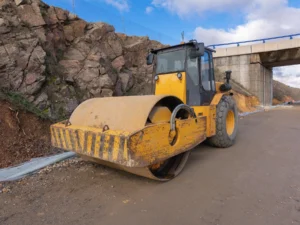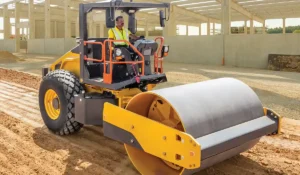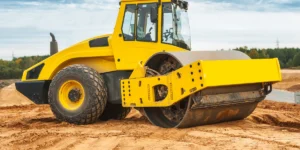Roller compactors are essential equipment in the construction industry for compacting soil, gravel, asphalt, and other materials. They come in different types, with vibratory and static roller compactors being the most commonly used. Both types have their own unique features and advantages, and it’s important to understand the differences between them to determine which one is best suited for a particular construction project.
Vibratory Roller Compactors
Vibratory roller compactors are equipped with one or more vibrating drums that generate high-frequency vibrations. These vibrations help in compacting the material by reducing air voids and increasing the density of the soil or asphalt. The dynamic forces created by the vibrations allow the roller to penetrate deeper into the material, resulting in better compaction. Vibratory roller compactors are particularly effective for compacting granular soils and asphalt pavements.
Advantages of Vibratory Roller Compactors
– Greater compaction efficiency: The high-frequency vibrations generated by vibratory roller compactors result in better compaction compared to static rollers.
– Improved productivity: Vibratory rollers can cover larger areas in less time, making them more efficient for larger construction projects.
– Versatility: Vibratory rollers are suitable for a wide range of materials, including granular soils, asphalt, and aggregates.
Static Roller Compactors
Static roller compactors, on the other hand, do not have vibrating drums. They rely on the weight of the roller to compact the material through static pressure. These rollers are often used for compacting cohesive soils and other materials that do not respond well to vibration.
Advantages of Static Roller Compactors
– Stability: Static rollers provide better stability and are less prone to causing surface damage, making them suitable for finishing and smoothing surfaces.
– Uniform compaction: Static rollers are effective in achieving uniform compaction across the entire surface, especially for cohesive soils.
Comparing Performance
When comparing the performance of vibratory vs. static roller compactors, several factors need to be considered:
1. Compaction Efficiency:
Vibratory rollers have a clear advantage in terms of compaction efficiency due to the dynamic forces created by the vibrations. They can achieve higher densities and better compaction results compared to static rollers.
2. Productivity:
Vibratory rollers are generally more productive than static rollers, especially for larger construction projects where speed and efficiency are crucial.
3. Material Suitability:
While vibratory rollers are versatile and can be used for a wide range of materials, static rollers are better suited for cohesive soils and finishing surfaces.
4. Surface Damage:
Static rollers are less likely to cause surface damage due to their stable nature, making them ideal for final surface finishing.
In conclusion, both vibratory and static roller compactors have their own unique advantages and are suitable for different types of construction projects. Vibratory rollers excel in compaction efficiency and productivity, making them ideal for compacting granular soils and asphalt pavements. On the other hand, static rollers provide stability and uniform compaction, making them suitable for cohesive soils and finishing surfaces. Ultimately, the choice between vibratory and static roller compactors depends on the specific requirements of the construction project and the type of material being compacted.
Learn More : Roller Compactor Safety Features and Certifications

